unit 2 chpt 5 perception of color
1/57
There's no tags or description
Looks like no tags are added yet.
Name | Mastery | Learn | Test | Matching | Spaced |
|---|
No study sessions yet.
58 Terms
three steps to color perception
1. Detection: Wavelengths of light must be detected in the first
place.
2. Discrimination: We must be able to tell the difference between
one wavelength (or mixture of wavelengths) and another.
3. Appearance: We want to assign perceived colors to lights and
surfaces in the world and have those perceived colors be stable
over time, regardless of different lighting conditions.
most of the light we see is_
reflected
color
-does not exist in the physical world (exists only in our brain)
-not a physical property but a psychophysical property
-how brains interpret and differentiate light info
-perception of color is generated internally
-has evolutionary benefits (see animals in jungle, see ripe berries)
benhams disk

moves so fast it make ur brain think there are colors
three types of cone photoreceptors
• S-cones detect short wavelengths (“blue” range).
• M-cones detect medium wavelengths (“green” range).
• L-cones detect long wavelengths (“red” range).
photoreceptors
we have 4 photoreceptors, but 3 contribute to seeing color (the 3 cone photoreceptors)
most sensitive to wavelength. we can differentiate the most diff shades of _.
mid, green
photopic
Light intensities that are bright enough to stimulate the cone
receptors and bright enough to “saturate” the rod receptors to their
maximum responses
-provides color info
ex: sunlight and bright indoor lighting
scotopic
Light intensities that are bright enough to stimulate the rod
receptors but too dim to stimulate the cone receptors.
ex: moonlight and extremely dim indoor lighting
duplex vision
our eyes have two different types of vision to help us see in different situations, scotopic and photopic.
the principle of univariance (said this is important)
An infinite set of different wavelength and intensity
combinations can elicit exactly the same response from
a single type of photoreceptor.
• Therefore, one type of photoreceptor cannot make color
discriminations based on wavelength.

as you can see in this picture with one photoreceptor 450 and 625 are different colors and wavelengths but elicit the same response (we are unable to discriminate)
rods are sensitive to _
scotopic light levels
rhodopsin
all rods contain the same photopigment molecule. Therefore, all rods have the same sensitivity to each individual wavelength of light (only one type of rod, all rods are same). Every rod will react the same way to 500 nm of light. Rods obey the principle of univariance and cannot sense diffs in colors.
trichromacy (trichromatic theory of color vision) *says this is important
The theory that the color of any light is defined in our visual
system by the relationships of three numbers, the outputs of
three receptor types now known to be the three cones.
– Also known as the Young-Helmholtz theory
3 cones
_ makes able to differentiate between colors and see colors. most sensitive to green
thomas young and helmholtz
credited for first proposing the trichromatic theory of color perception in humans
metamers
Different mixtures of wavelengths that look identical; more generally, any pair of stimuli that are perceived as identical in spite of physical differences.
(two sets of colors can look identical, but they are actually made from different mixtures of light.)
james maxwell
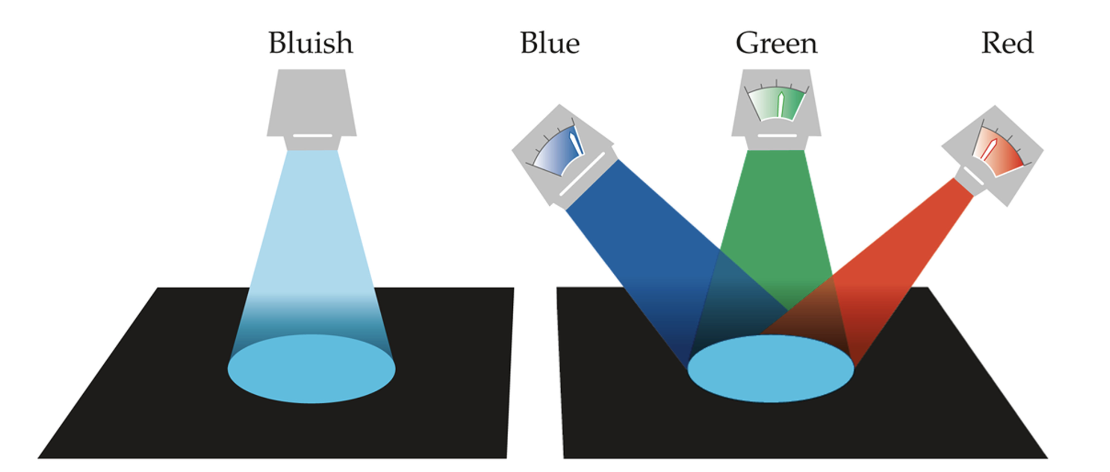
developed a color-matching technique that is still being used today
primary colors of light
red, green, and blue
additive color mixing
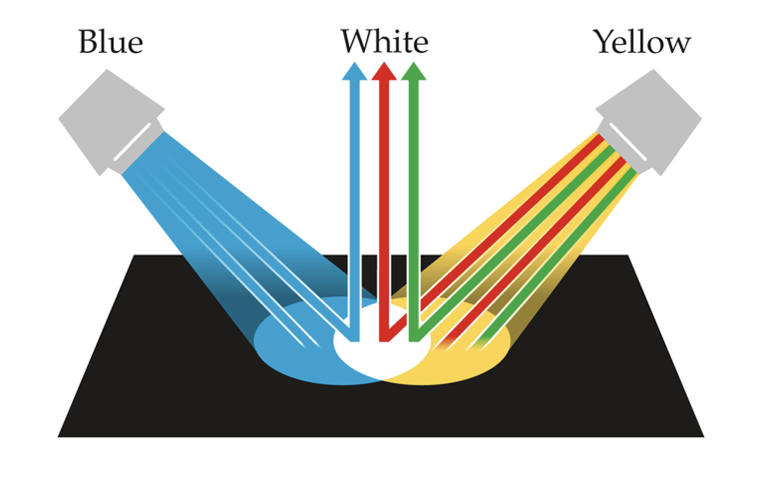
A mixture of lights
– If light A and light B are both reflected from a surface to the eye, in
the perception of color, the effects of those two lights add together. lights coming together
subtractive color mixing
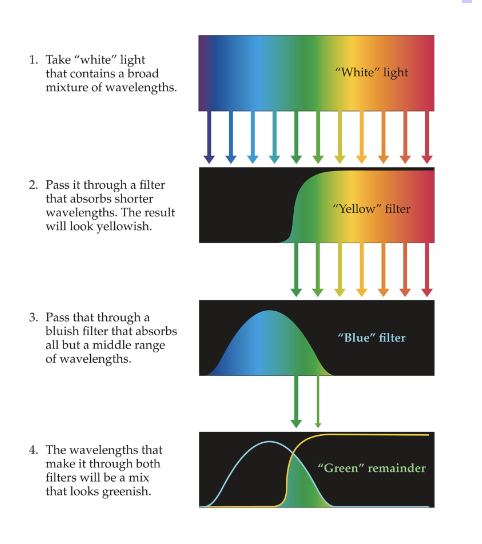
A mixture of pigments.
– If pigment A and B mix, some of the light shining on the surface will be subtracted by A and some by B. Only the remainder contributes to the perception of color. absorbing the light, only thing not getting absorbed is what we see. ex. mixing paints, seeing blue shirt in the sun the blue wavelength on the shirt is getting reflected. black absorbs light
lateral geniculate nucleus
has cells that are maximally stimulated by spots of light
cone opponent cell
a neuron whose output is based on a difference between sets of cones
color opponent ganglion cells
the antagonistic red-green or blue-yellow centre-surround. These cells work by detecting contrasts between colors rather than just the presence of one color.
color space
3D space that describes all colors.
RGB color space
defined by the outputs of long, medium, and short wavelength lights
HSB color space
defined by hue, saturation, and brightness
hue
the chromatic color aspect of light (what color it is)
saturation
the chromatic strength of a hue
brightness
the distance from black in color space
nonspectral colors
some colors that we see do not correspond to a single wavelength of light (purple)
ewald hering
noticed that some color combinations are “legal” while other are “illegal” (ie we can have bluish green (cyan), but you cant have reddish green or bluish yellow)
opponent colors
red and green/ blue and yellow
opponent color theory
the theory that perception of color depends on the output of three mechanisms, each of them based on an opponency btw two colors: red-green, blue-yellow, and black-white
keeps saying opponent color theory is important
ewald hering made this happen
hue cancellation experiments
used to determine the wavelengths of unique hues
unique hue
any of four colors that can be described with only a single color term: red, yellow, green, blue
afterimages
a visual image seen after a stimulus has been removed
negative afterimage
an afterimage whose polarity is the opposite of the original stimulus. colors are complementary
achromatopsia
loss of color vision from brain damage
v1, v2, and v4
all involved in color perception, but not exclusively
cultural relativism
in sensation and perception, the idea that basic perceptual experiences may be determined by the cultural environment
linguistic relativism
ppl have diff names for the colors they see
color anomalous
a term that is usually called color blindness, most can still make discriminations based on wavelength
deuteranope
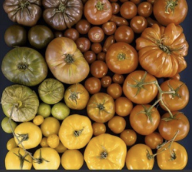
type of color anomalous, due to absence of m cones
protanope
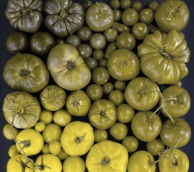
type of color anomalous, due to absence of l cones
tritanope
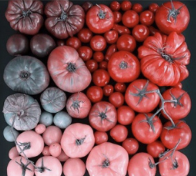
type of color anomalous, due to absence of s cones
cone monochromat
has only one cone type, truly color blindre
red monochromat
has no cones of any type; turly color blind and very visually impaired in bright light
anomia
inability to name objects or colors in spite of the ability to see and recognize them. typically due to brain damage
color anomia
see color but cannot name it
synethesia
when one stimulus evokes the experience of another stimulus that is not present
color contrast
color perception effect in which the color of one region induces the opponent color in a neighboring region
color assimilation
a color perception effect in which 2 colors bleed into each other, each taking on some of the chromatic quality of the other
unrelated color
a color that can be experienced in isolation
related color
a color such as brown or gray which is seen only in relation to other colors
ex: a grey patch in complete darkness appears white
color constancy
the tendency of a surface to appear the same color under fairly wide range of illuminants
illuminant
the light that illuminates a surface